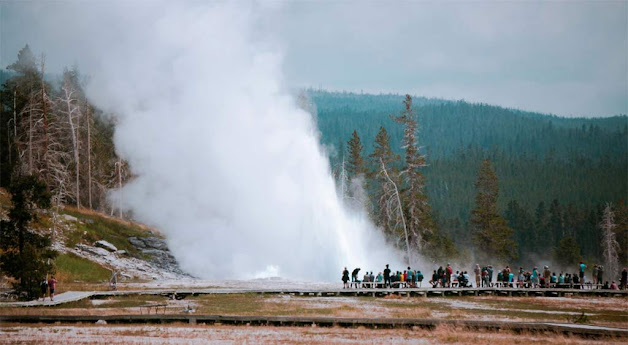Top 5 Berries to Grow in Backyard Garden

Growing berries in your backyard garden is not only a rewarding hobby but also a way to enjoy fresh, organic produce right at your doorstep. Berries are packed with vitamins, antioxidants, and flavor, making them a perfect addition to any garden. Here’s a comprehensive guide to the top 5 berries to grow in your backyard, along with tips on how to cultivate each one successfully. 1. Strawberries Strawberries are a favorite among gardeners due to their fast growth and sweet, juicy fruits. They thrive in well-drained, loamy soil with plenty of organic matter. Strawberries prefer a sunny spot but can tolerate partial shade. Plant them in early spring, spacing the plants about 18 inches apart. Use mulch to keep the soil moist, deter weeds, and protect the fruits from direct soil contact, which can lead to rot. Strawberries are perennial and will produce fruit for several years, with some varieties offering multiple harvests in a season. Regular watering and fertilization with a...




